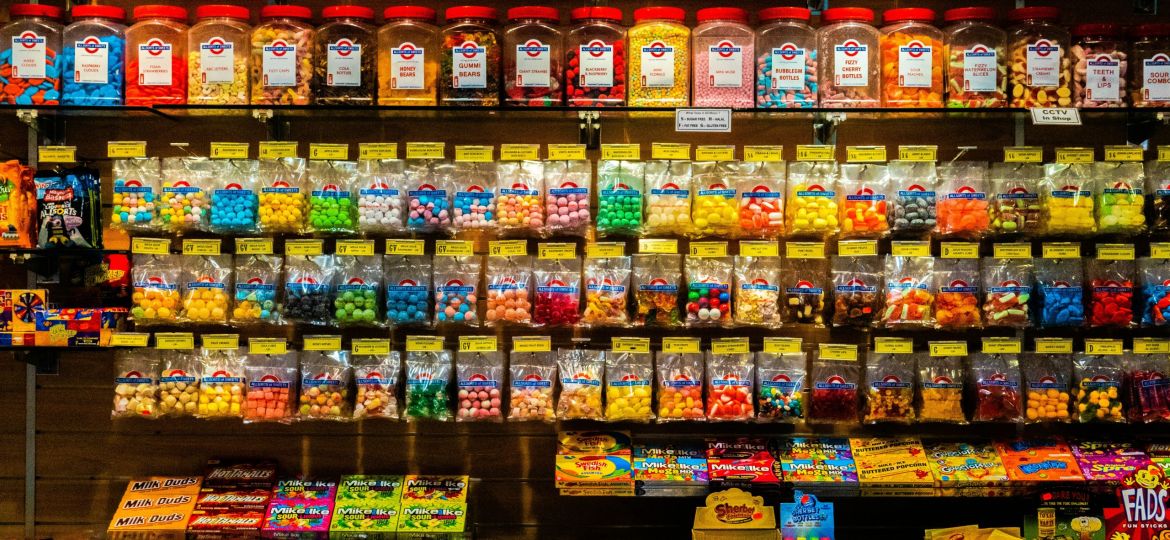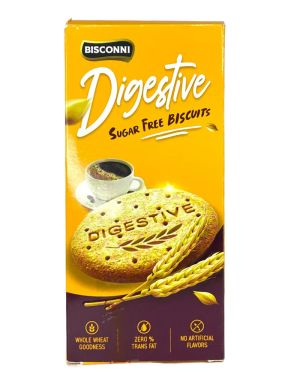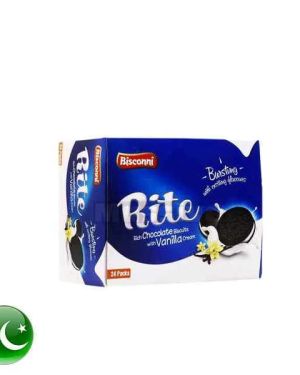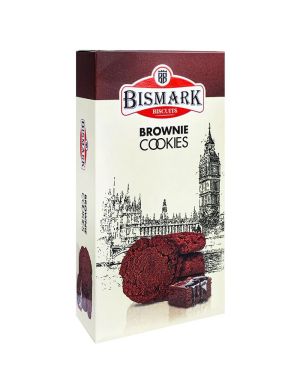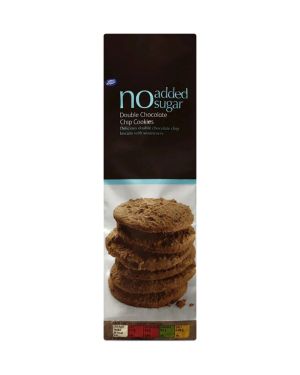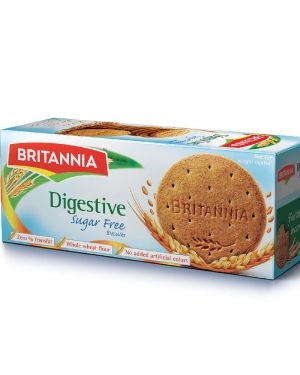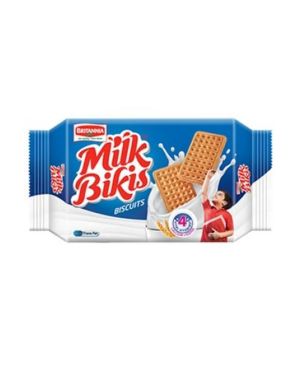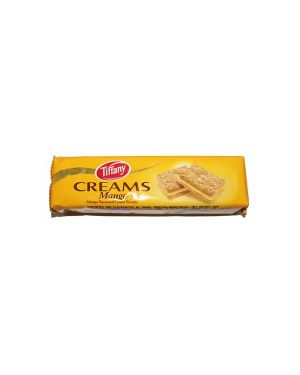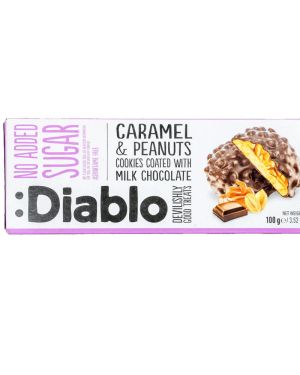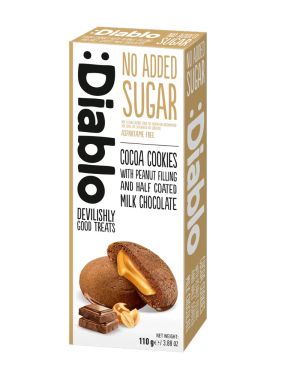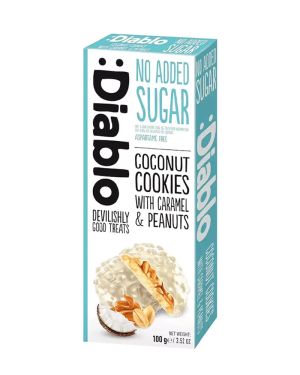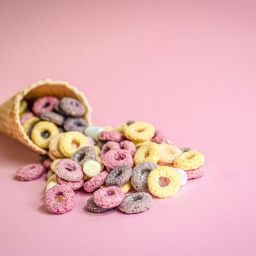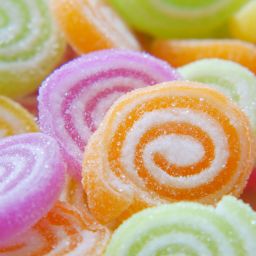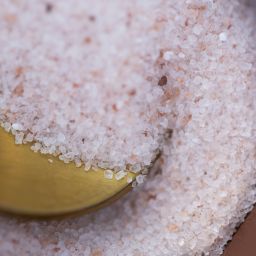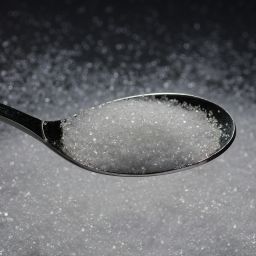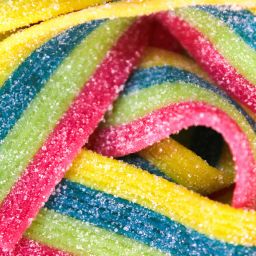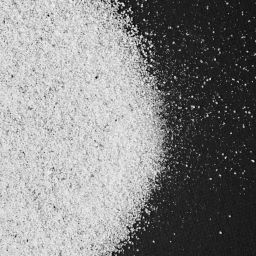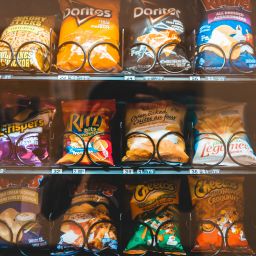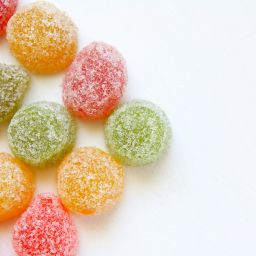In a world full of packaged goods and tempting treats, choosing healthier options starts with understanding what’s really inside the products we consume. While many people try to cut down on sugar, they often overlook one key skill: reading nutrition labels effectively.
Knowing how to read sugar content on labels is essential for making informed food choices, especially if you’re managing diabetes, trying to lose weight, or simply aiming to live a healthier lifestyle.
Natural vs. Added Sugar: What’s the Difference?
First, it’s important to distinguish between natural and added sugars. Natural sugars occur in foods like fruits, vegetables, and dairy. These are accompanied by important nutrients like fiber, vitamins, and minerals.
Added sugars, on the other hand, are introduced during processing or preparation and offer little to no nutritional benefit. These include sucrose, high-fructose corn syrup, honey, dextrose, and many more disguised under different names.
Where to Look on the Label
When reviewing a food label, always start with:
Total Sugars – This number includes both natural and added sugars.
Added Sugars – Listed separately beneath total sugars. This is the number you want to pay close attention to.
Ingredients List – Ingredients are listed in order of quantity. If sugar or any of its aliases appear in the top three, the product is likely high in sugar.
Aliases for Added Sugars
Added sugars often hide under different names. Be on the lookout for:
Corn syrup, high-fructose corn syrup
Agave nectar, cane juice, maltose
Molasses, barley malt, rice syrup
Fructose, glucose, sucrose
Recognizing these aliases can help you avoid hidden sugar bombs.
What’s a Healthy Amount?
The World Health Organization (WHO) recommends that added sugars make up less than 10% of your daily caloric intake — ideally below 5%. For an average adult, that’s roughly 25 grams (6 teaspoons) or less per day.
For perspective:
A 330ml can of regular soda contains around 35g of added sugar.
Many “low-fat” yogurts contain 15–20g of sugar per serving.
Beware of “Sugar-Free” Claims
Just because something says “sugar-free” doesn’t mean it’s healthy. These products may contain artificial sweeteners or sugar alcohols like sorbitol, erythritol, or xylitol. While these don’t spike blood sugar, they can cause digestive issues in some individuals.
Always check the full ingredients list — especially if you have dietary restrictions or health conditions.
Tips for Smart Shopping
Stick to whole foods – Fruits, vegetables, nuts, and whole grains typically have no added sugars.
Compare brands – Different brands can have wildly different sugar content, even for the same product.
Don’t be fooled by “natural” – “Natural” doesn’t mean sugar-free or healthy.
Watch portion sizes – A product may seem low in sugar per serving, but if the serving size is unrealistically small, you could be consuming more sugar than expected.
The Bottom Line
Reading labels is a powerful tool for anyone trying to cut back on sugar. By learning to spot added sugars and understanding what the numbers mean, you can take control of your health and make smarter, more informed choices.
Small steps — like checking labels before you buy — can lead to big changes in your long-term well-being.


